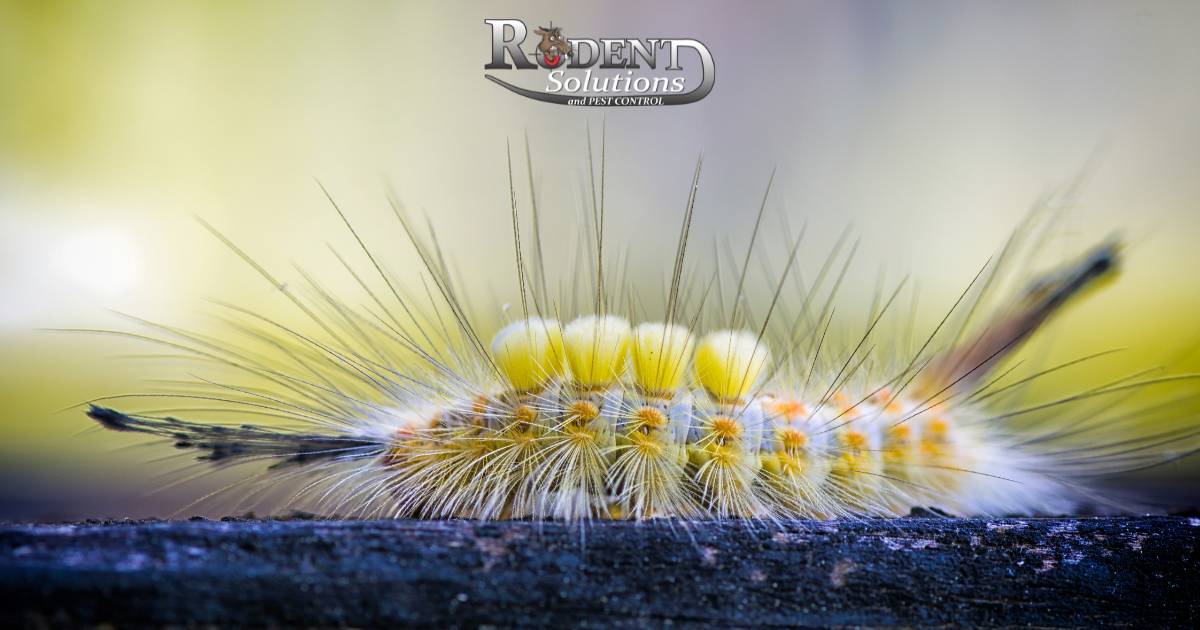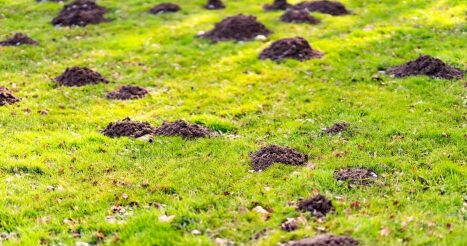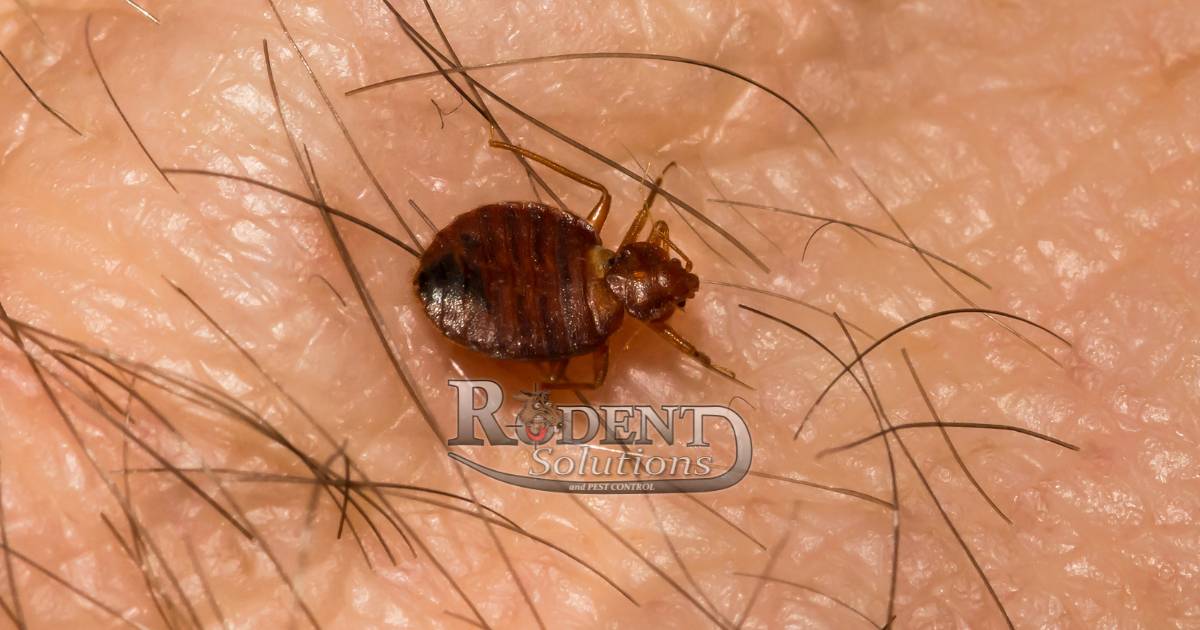As Floridians, we love to enjoy our time outside soaking up the beautiful sunshine. Kids play as only kids do. Dogs run in our yards and play fetch. But at dusk and dawn, a tiny predator waits outside your home to sample your blood and pass on some of the nastiest diseases known to man. It’s the dangerous Aedes mosquito. Below, we’ll provide everything you need to know about this miniature nuisance and mosquito control.
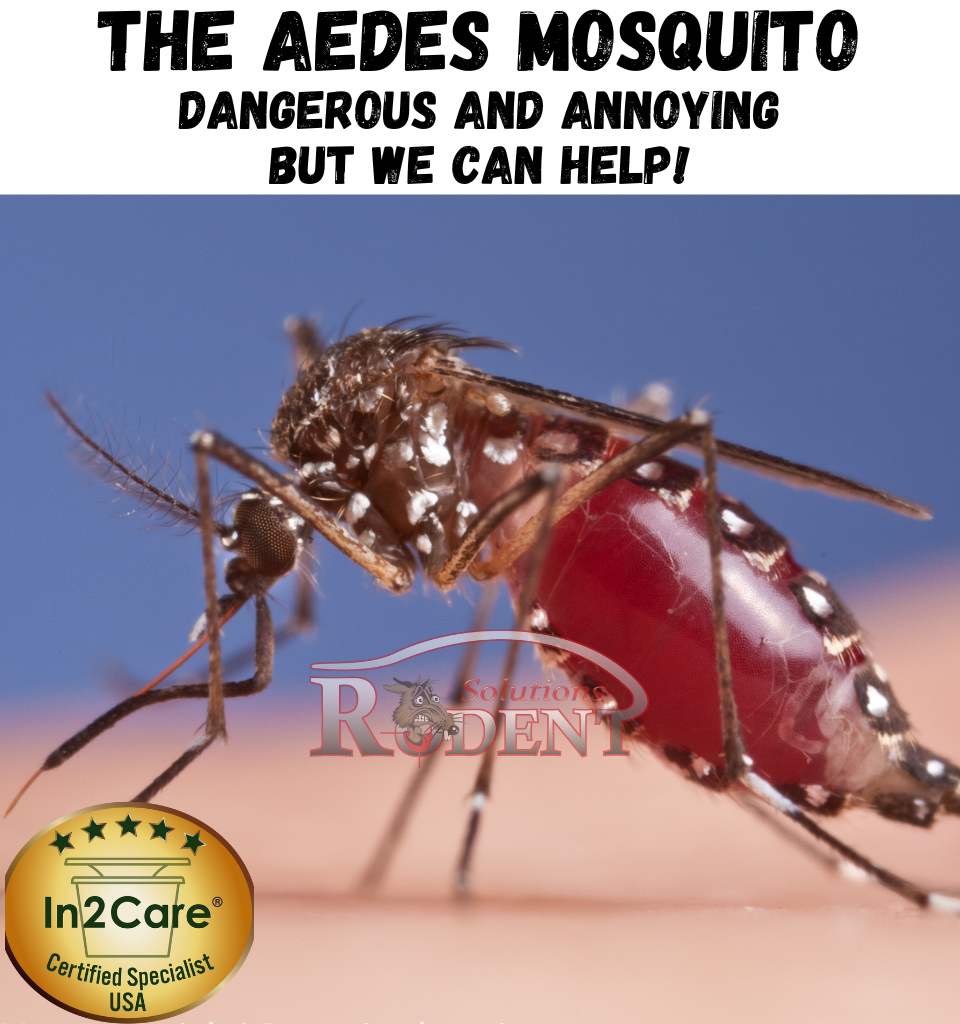
As a mosquito species responsible for transmitting numerous diseases, the Aedes mosquito is an interesting and significant creature to learn about. This article will delve into the unique characteristics and intriguing facts about the Aedes mosquito, including its habitat, behavior, and potential impact on human health.
Introduction to the Aedes Mosquito
The Aedes mosquito is a genus of mosquitoes that belongs to the family Culicidae. This mosquito species is known to be responsible for transmitting several diseases, such as Dengue, Chikungunya, and Zika virus. These diseases are considered significant public health problems in many countries, especially those in tropical and subtropical regions. This article will examine some of the most interesting facts about the Aedes mosquito.
The Habitat of the Aedes Mosquito
Aedes mosquitoes inhabit various environments, including tropical and subtropical regions. They typically breed in standing water, such as artificial containers, discarded tires, certain plants, bird baths, and flower pots. These mosquitoes also breed in natural environments such as tree holes, leaf axils, and rock pools. The Aedes mosquito is a container-breeding mosquito species, meaning it breeds in any item that can hold water.
The Life Cycle
The Aedes mosquito has a relatively short life cycle of 10 to 14 days. They go through four stages in their life cycle: egg, larva, pupa, and adult. After the female mosquito lays eggs in water, they hatch into larvae within two to three days. The larvae feed on organic matter and molt several times before transforming into pupae. Within two to three days, the pupae develop into adult mosquitoes, ready to spread diseases to humans.
The Feeding Habits
Both male and female Aedes mosquitoes feed on plant nectar as their primary food source. However, female mosquitoes require blood meals to produce eggs. It is a daytime feeder, and its peak feeding times are during the early morning and late afternoon. They feed on humans and animals such as dogs, cats, and birds. The bite of the Aedes mosquito is not painful, but it can cause itchiness and skin irritation.
The Diseases Transmitted by the Aedes Mosquito
The Aedes mosquito is responsible for transmitting several diseases, including Dengue, Chikungunya, Zika virus, Yellow fever, and West Nile virus. These diseases are considered significant public health problems in many countries, especially those in tropical and subtropical regions. The Dengue virus is the most widespread disease transmitted by the Aedes mosquito, with approximately 390 million infections yearly.
The Prevention and Control of the Aedes Mosquito
Preventing and controlling the spread of the Aedes mosquito is crucial to reducing the transmission of mosquito-borne diseases. The most effective way to prevent Aedes mosquito breeding is by eliminating standing water in and around households. This can be done by properly disposing of discarded items such as tires and flowerpots, cleaning gutters, and covering water storage containers. Insecticides and larvicides can also kill mosquito larvae and prevent mosquito breeding. New products involving larvicides are an emerging technology proving to be highly effective without the risks to public health and the environment that comes from backpack spraying.
Learn More About Protecting Yourself: Watch a Video Showing How Our Product Works Here
The Global Impact of the Aedes Mosquito
The Aedes mosquito is a significant public health threat worldwide, especially in tropical and subtropical regions. According to the World Health Organization (WHO), Dengue is the most common mosquito-borne viral disease globally, with approximately 96 million cases reported annually. The spread of Dengue has increased significantly in recent years, with outbreaks occurring in many countries worldwide. In addition to Dengue, the Aedes mosquito is also responsible for transmitting other diseases such as Chikungunya, Zika virus, Yellow fever, and West Nile virus, which have also significantly impacted global health. The Aedes mosquito is a vector for these diseases, meaning it can transmit them from one person to another through its bites.
The Future of Mosquito Research
Ongoing research aims to find new and effective ways to prevent and control the spread of mosquito-borne diseases transmitted by the Aedes mosquito. Scientists are working on developing vaccines for diseases such as Dengue, Chikungunya, and Zika virus. They are also exploring alternative methods of controlling mosquito populations, such as using genetically modified mosquitoes that cannot transmit diseases. This is being tested as we speak.
Interesting Facts About the Aedes Mosquito
- They are affectionately known as the “ankle biter” because it prefers to bite near the ankles and lower legs.
- It can lay eggs in as little as a tablespoon of water.
- This small terror can travel up to 400 meters in its lifetime.
- The Aedes mosquito is more active during the day than at night.
- They can transmit diseases even when it has not yet shown symptoms of the disease itself.
- Being well adapted to find their blood meal, as they are attracted to the odor of carbon dioxide, which humans exhale.
- A unique pattern of white scales on its body helps to identify it from other species.
- They can survive in colder temperatures than other mosquito species.
- Like most good predators, it can adapt quickly to new environments.
- The Aedes mosquito has been around for over 200 million years, making it one of the oldest species of mosquitoes.
How Can Rodent Solutions Help Protect My Family?
If you’re looking for mosquito control in Lakewood Ranch, Sarasota, Bradenton, or Parrish areas of Florida, we provide a service that can help you significantly reduce the population of this mosquito at your home. We can perform this service without fogging your entire yard with pesticides which will wash off into the water table during the daily summer rains. Mosquito fogging is damaging to the environment and a waste of your hard-earned money.
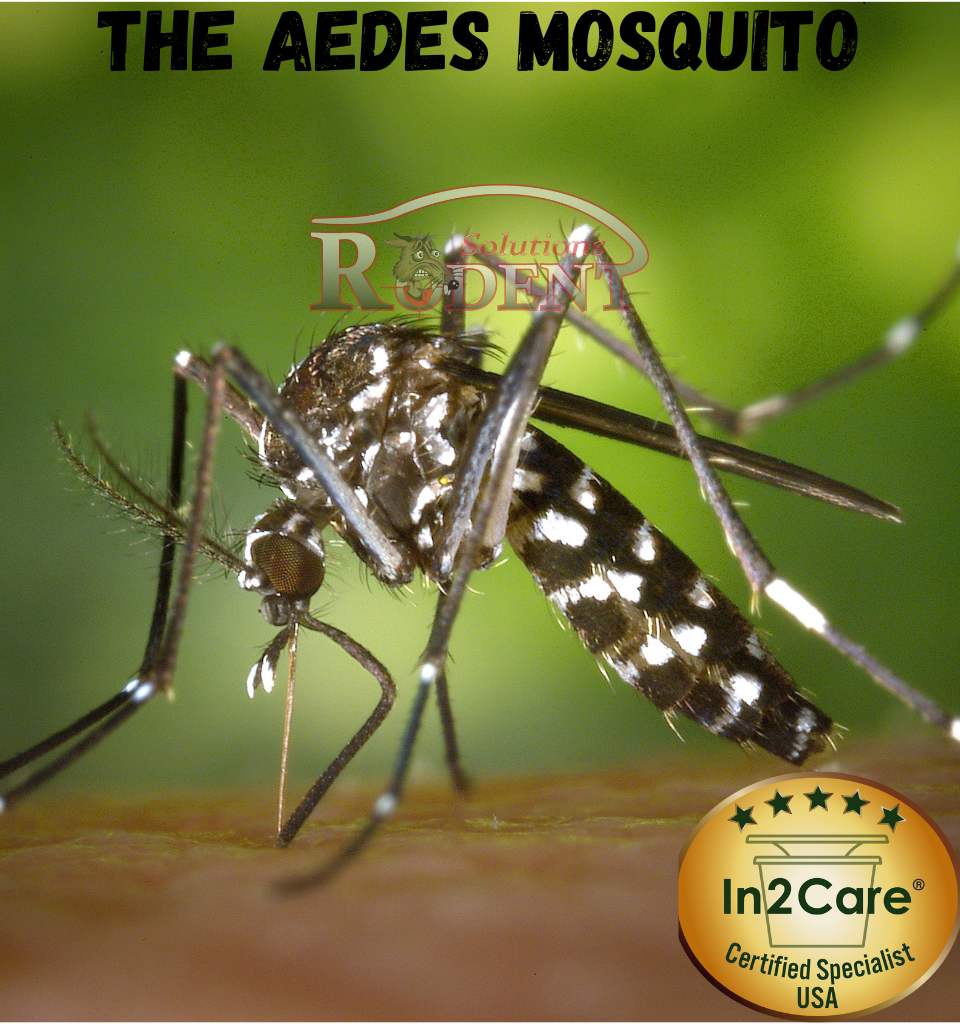
The Mosquito Trap, That’s Not Actually a Trap
At Rodent Solutions, we deploy the In2Care mosquito trap. It’s a cutting-edge technology designed to combat the spread of mosquito-borne diseases. This trap is specifically designed to target the Aedes mosquito, which is known to be a vector for these dangerous diseases.
One of the unique features of the In2Care mosquito trap is it uses a larvicide to kill mosquitoes. It specifically targets the larvae of the Aedes mosquito and the adults. This two-pronged approach ensures that adult mosquitoes and their larvae are effectively controlled, reducing the overall population of mosquitoes in the area. Because the adult spreads the larvicide as she goes from breading site to breading site, the trap puts her to work killing mosquitoes before they mature. This will allow them to spread it to all the areas of your property and your neighbors. This dramatically helps kill the adults and to stop the rapid breeding cycle.
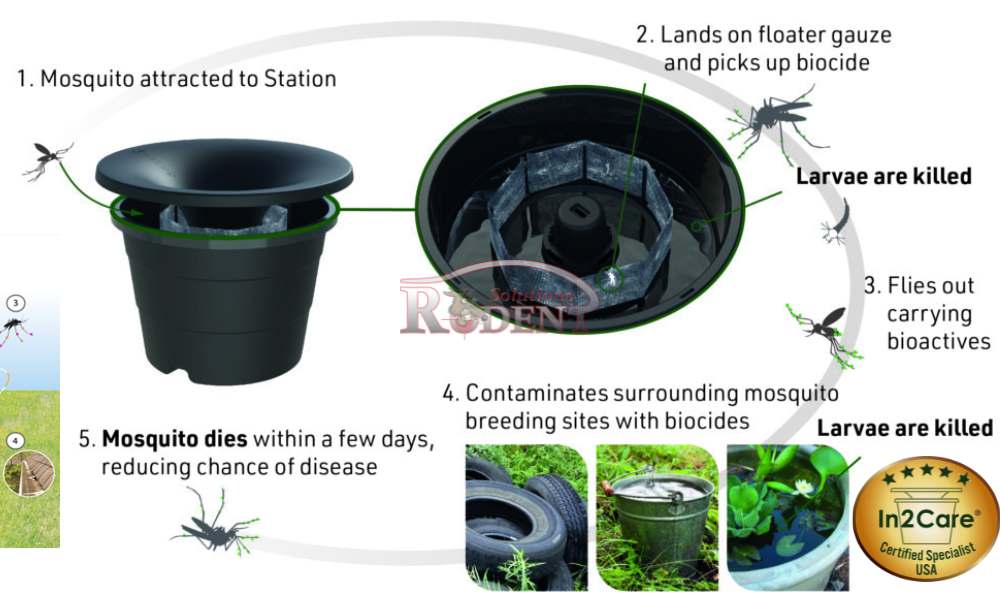
Another advantage of the In2Care mosquito trap is its ease of use. The trap is designed to be simple and intuitive, requiring minimal maintenance or upkeep. It can be easily deployed in various settings, including homes, schools, and public areas. The eco-friendly trap poses no risk to people and non-targeted, beneficial insects like honey bees and ladybugs.
The In2Care mosquito trap has been extensively tested in laboratory and field settings with impressive results. Studies have shown that the trap can significantly reduce the number of Aedes mosquitoes in a given area and can even lead to eliminating the mosquito population entirely in some cases.
Overall, the In2Care mosquito trap represents a promising solution to the problem of mosquito-borne diseases by targeting the Aedes mosquito and using a combination of effective insecticides and a fungus with larvicide. This trap offers a safe, eco-friendly, and effective way to control mosquito populations. It has been registered for use in every state except Alaska and California. The exterminators at Rodent Solutions install and maintain these traps for mosquito control in Sarasota, Bradenton, Lakewood Ranch, and Parrish areas. For more information or to start controlling mosquitoes at your home, call us today.

Pest/Wildlife Control 15 Years
Construction for 13 Years
Pest Control License JB299099
Wildlife License LW203605
Pest Management University: Founders and Masters
AAS Degree in Drafting Design with a Concentration in Building Construction
NWCOA Member (National Wildlife Control Operators Association)
NWCOA Rodent Standard Certified
NWCOA Bat Standard Certified
NCWOA Certified Urban Bird Management Operator
NWCOA Zoonotic Disease Standard Certified
Member of the National Pest Management Association (NPMA)
Bird Barrier Certified Installer
Bird-B-Gone Authorized Installer
OSHA 10 Training Completed for the Construction Industry
Aerial Lift Certified
Fall Protection Certified


